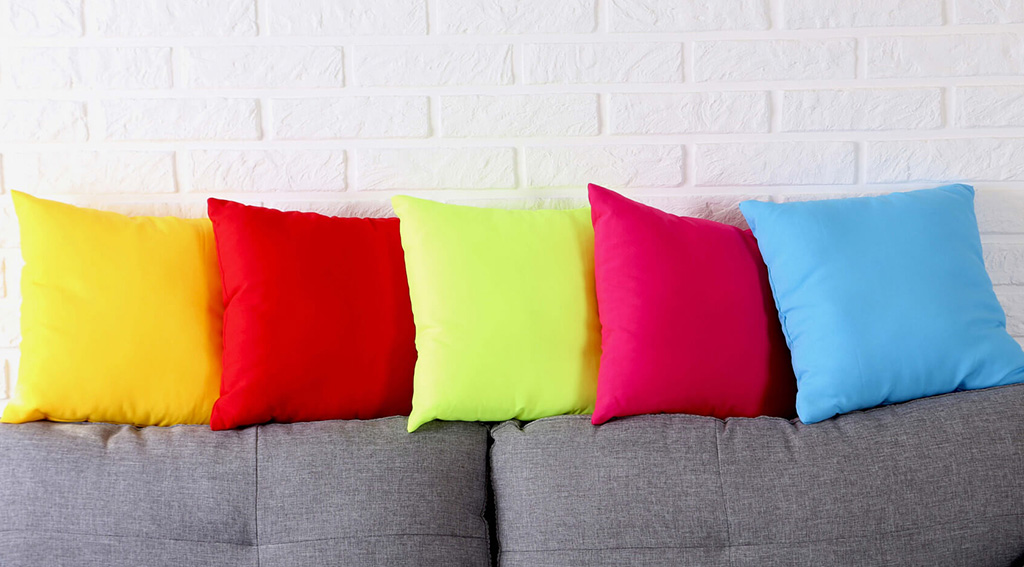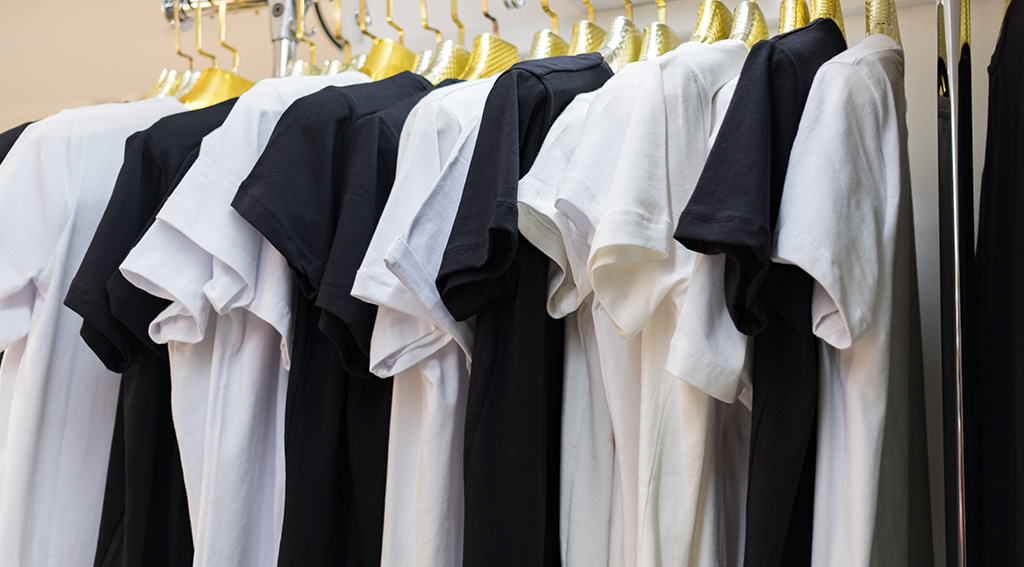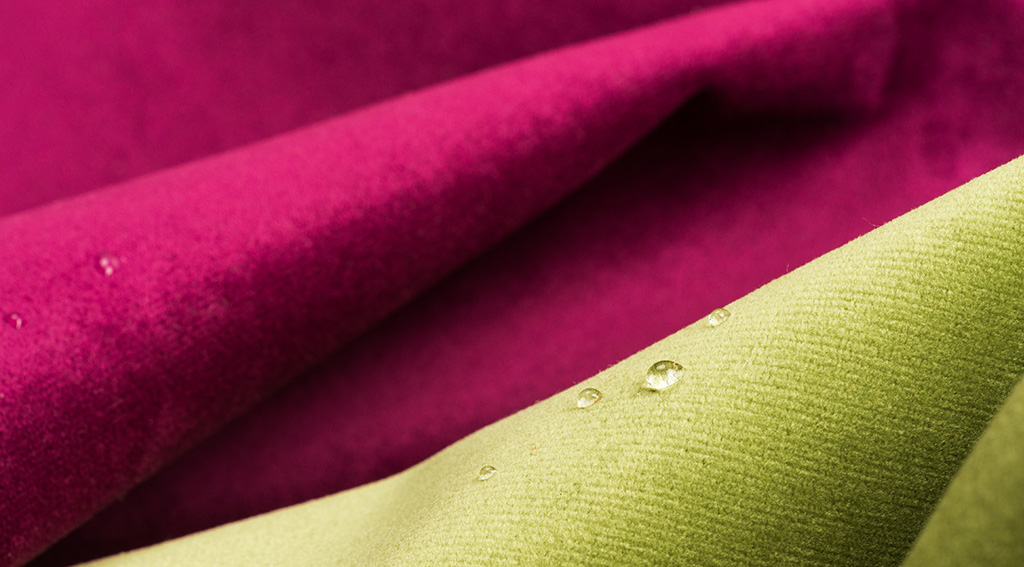
Printmaking is a fundamental process in the fabric and textile industries, enabling the transfer of patterns and designs onto fabric surfaces. At the core of this process are various print methods that provide designers with diverse options. Screen printing and serigraphy are traditional and widely used methods in printmaking.
Screen printing involves placing a specific pattern onto a screen (such as a fine mesh fabric) and then passing ink through the screen. This method is excellent for large-scale fabric production, allowing the transfer of vibrant colors and high-resolution patterns. However, the initial costs can be high as separate screen preparations are required for each design.
Serigraphy operates on a similar principle, but a printing machine is used to transfer patterns to the fabric. This method is suitable for large production batches and delivers high-quality results. Particularly in the textile industry, serigraphy printing is an ideal choice for those seeking durable and long-lasting outcomes.
Nevertheless, in the world of printmaking, there are numerous methods beyond screen printing and serigraphy. Digital printing, transfer printing, woven label printing, and more offer designers unique and creative options. This diversity allows the freedom to choose a printing method that aligns with the needs and design vision of each project.
In conclusion, print methods are vital tools in fabric design, enhancing creative flexibility and aesthetic richness. Each method has its unique advantages and applications, and the right choice depends on factors such as production quantity, design complexity, and budget. The various print methods in printmaking pave the way for innovation and unique designs in the textile world, providing a broad spectrum of options to meet the specific requirements of each project.


